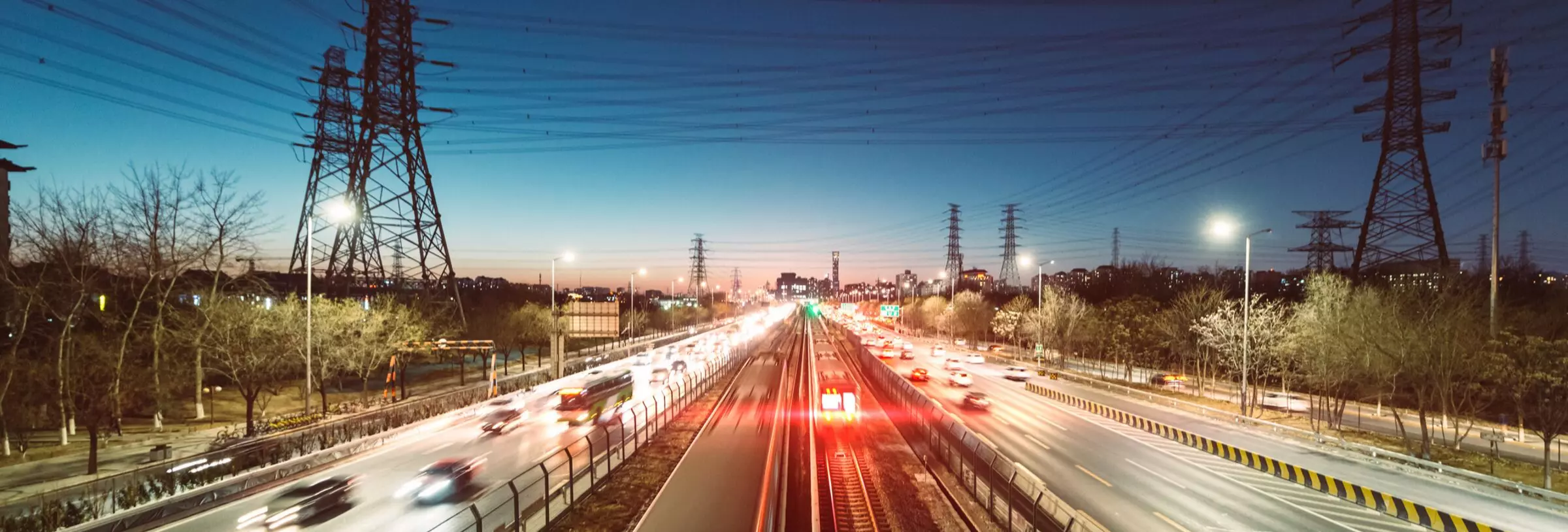On November 4, 2014, San Benito County voters went to the poles to vote on Measure J, the measure designed to prohibit hydraulic fracturing, known as fracking, and related gas and oil extraction activities, as well as other "high-intensity petroleum operations," including acid well stimulation and cyclic steam injection. The measure also banned any new gas or oil drilling activity - even conventional, low-intensity activity - in areas the county zoned for residential or rural land use.
With 59% of the vote, supporters approved Measure J in an effort to protect the local environment and the water supply from threats of fracking. Not long thereafter, that seeming victory invited a $1.2 billion claim from Citadel Exploration, a local exploration company hoping to extract millions of barrels of oil from South San Benito County fields. Citadel’s claim, a copy of which can be accessed here, is likely a precursor to the filing of an inverse condemnation action. The company claims it could have extracted 20-40 million barrels of oil over the life of its project and that the County’s ban constitutes a regulatory taking.
While property can be regulated to a certain extent, if a regulation goes too far, it will be recognized as a taking. There is no precise rule as to when property has been taken by government regulatory action. In First English Evangelical Lutheran Church of Glendale v. Los Angeles County, 482 U.S. 304 (1987), the court confirmed the two-part rule that a regulatory taking occurs when (1) a regulation does not substantially advance legitimate state interests, or (2) denies an owner substantially all economically viable use of the owner's land. In determining whether any viable uses for a property remain after an ordinance, regulation, moratorium, and so on, the courts will review the totality of the property interest and not only one isolated interest. The Supreme Court has long held that where a regulation works an economic detriment on property owners and interferes with their distinct investment-backed expectations, the property owners must receive just compensation. Penn Central Transp. Co. v. New York City, 438 U.S. 104 (1978). The Supreme Court has also unequivocally held that where a government action deprives a landowner of all economically beneficial use of property, the action constitutes a per se regulatory taking. Lucas v. South Carolina Coastal Council, 505 U.S. 1003 (1992).
Successfully asserting that a government regulatory action resulted in a taking of property in a manner that requires the government to compensate the owner under the federal or state Constitution can be a very difficult task. The nature of what must be proven to constitute a taking and the procedural steps that must be followed, including the requirement that the owner exhaust the applicable administrative remedies, create severe legal impediments to successfully mounting a regulatory takings case. Nevertheless, the voters’ approval of Measure J has raised serious constitutional concerns – concerns that may push the County to bankruptcy if a court were to find that the fracking ban amounts to a regulatory taking requiring the payment of just compensation.
- Partner
Artin Shaverdian is widely recognized as an expert in real estate, eminent domain and inverse condemnation matters. He represents public agencies, business entities and individuals in commercial and real estate related ...
Eminent Domain Report is a one-stop resource for everything new and noteworthy in eminent domain. We cover all aspects of eminent domain, including condemnation, inverse condemnation and regulatory takings. We also keep track of current cases, project announcements, budget issues, legislative reform efforts and report on all major eminent domain conferences and seminars in the United States.
Stay Connected
 RSS Feed
RSS Feed
Categories
- Administration
- Appraisal
- Arizona
- California
- CLIMATE CHANGE
- CONGRESS
- Construction
- Court Decisions
- Energy & Utilities
- Environmental Law
- EPA
- Events
- FAQs
- Goodwill
- GOVERNMENT ADMINISTRATION
- Inverse Condemnation & Regulatory Takings
- Land Use Planning
- Lawsuit
- New Legislation
- Possession
- Projects
- Public Agency Law
- Public Policy
- Publications
- Real Estate and Property Rights
- Redevelopment
- Regulatory Reform and Proposed Rules
- Right to Take
- Right-of-Way
- Seminars
- Speaking Engagements and Presentations
- Texas
- trial
- Valuation
- Videos
- Water
- Wildfire Management

